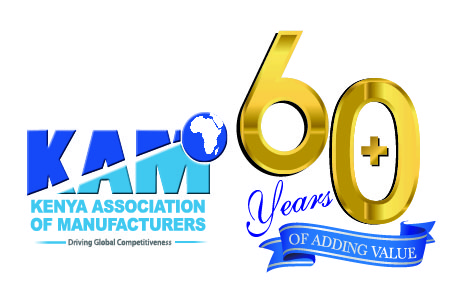Why there is no money in the economy and what we can do about it
By Sachen Gudka
A common phrase on the lips of many in the past year and as we begin a new decade especially when asked about business plans, holiday plans or short-term plans is that ‘There is no money’. The lack of money here refers to the slow rate of circulation of money in the economy or low liquidity. This phrase is not subjective nor is it the personal experience of a given few, but a collective anxiety on the overall state of the country’s economy and how this impacts lives now and in the future.
Money circulation in an economy is impacted by several factors. For example, the supply of money in the economy or what many economists term as the velocity of money. How long does a 100 Shilling note or a one thousand shilling note take to circulate in the economy? Low velocity of money means the supply of money in the economy is low. At times what causes this to happen is when the population is unsure of the economic future, uncertain about their jobs or their once regular income, which has now become irregular and cannot be relied upon to support their needs. The effect of this is that a tendency to hold on to the money occurs and spending decreases.
Another factor is the volume of trade. The more we trade, the more transactions we make and therefore the circulation of money increases. But if the volume of trade is low, the transactions decrease, business networks shrink, and income streams dry up. Small businesses, especially, would find it extremely difficult to survive in times such as these. This is currently the case for many businesses in the country.
Looking at these two factors combined, we can see why a lot of us chorus the ‘no money’ response to New Year greetings. In the past two years, many businesses have issued profit warnings, whilst others have downsized and restructured. This has translated to job losses and consequently the loss of income and wages. As we enter into the New Year, we have seen some companies announcing a reduction of their workforce and some have stated cost of operations as a key factor for this decision.
To its credit, the Government kick-started a campaign to clear over KSh.100 Billion in pending bills by the end of this month in order to inject cash into the economy and boost liquidity, aiming to facilitate businesses to operate and be productive. So far the National Government has paid out about nearly Ksh.20 Billion in pending bills and County Governments have paid out nearly Ksh.30 Billion in pending bills to the private sector. Parastatals have also cleared an equivalent amount of nearly KSh.50 Billion in pending bills.
However, for industry the biggest concern is that the conversation on pending bills does not include VAT refunds, yet manufacturing is a top employer for the country and one of the largest revenue sources for Government. There is an approximate Ksh.100 Billion in VAT refunds owed to businesses, manufacturers and exporters, that if paid back would have a huge multiplier effect in the economy. At present, the majority of industry players are having to borrow money for working capital arising from non-payment of these refunds, which should not be the case. Especially, because each month these same manufacturers and exporters remit their taxes to Government without fail.
The problem of low liquidity in the economy can be solved by applying some concrete and effective steps immediately. Firstly, there is need for there to be substantial monthly budgetary allocations, which are representative of the sector’s capital intensive nature, to clear monies owed to industry players in VAT refunds.
Secondly, the Government could utilize financial instruments and promissory notes which could be discounted at commercial backs to ensure access to money.
Third, on the issue of delayed payment going forward and to avoid always circling back to the state of low liquidity, we need to put into place a prompt payment legislation that compels everyone, be it Government or Private sector, to make payments within a maximum of 90 days.
In the same breath, the Government should also enforce a post-facto audit clearance and blacklisting of non-compliant parties.
If we solve the liquidity problem, then it would not be all doom and gloom, and we will set the tone for a vibrant economy in the new decade. We will increase business productivity, boosting profitability and the capacity to offer employment. Businesses need policy certainty and stability to thrive, and guaranteed cash flow offers just that.
Looking for elevation? KAM lifts you up.
- Direct technical assistance
- Capacity building programmes
- Networking and mentorship
- Industry insights & analysis
- Trade & export development services
